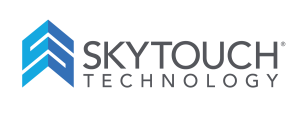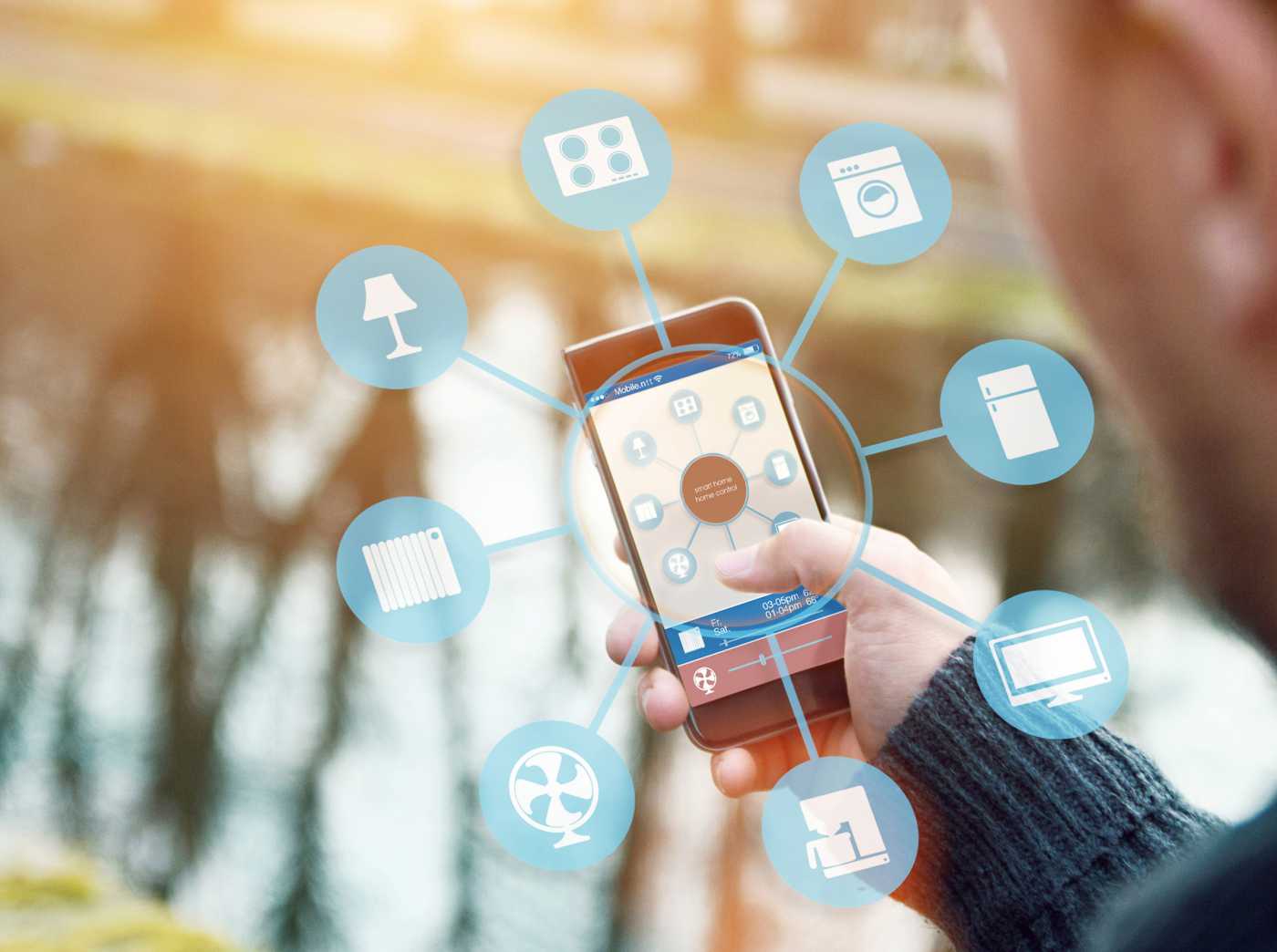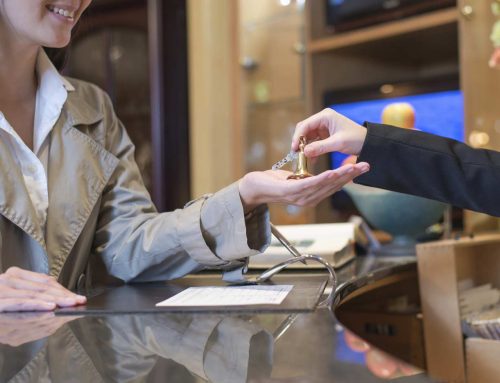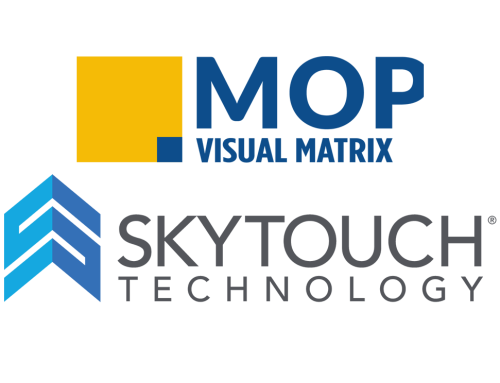In this two-part series, we discuss the Internet of Things (IoT) – what it is, the trajectory it may follow and how it will impact the hospitality industry. In a nutshell, the Internet of Things is an encompassing term that refers to a future where ordinary things are embedded with sensors and wireless communication to connect and communicate with other things. The result may make life easier, more efficient and more cost-effective for people. The IoT is an ecosystem that includes things, applications, communication and data analysis and will increasingly impact hotel operations.
Part One: What it is and Where It’s Headed
Envision a world in which your umbrella hangs by your front door unobtrusively except when it receives an alert about oncoming precipitation, at which point it lights up to let you know you should grab it on the way out. Or a world in which the trash can at the bus stop transmits an alert when it’s full and needs emptying. Otherwise, it’s eliminated from the garbage truck route, saving money and contributing to a healthier environment. Truth be told, both of these connected, communicative, sensible things already exist and that’s just the opening salvo of the Internet of Things.
The IoT imbues ordinary objects with sensors, electronics and software and then connects them to the cloud so they can act independently. In the medical field, heart implants monitor rhythm and transmit that data to another device that gauges irregularities. In transportation, cars are equipped with sensors that trigger a driver-alert when another car is riding in a blind spot and a car that drives itself is not far down the road. Huge strides are being made in the industrial world regarding logistics, inventory and safety.
There are a wealth of IoT applications that will flourish in hotels of the future. Hilton Worldwide, for instance, has enabled mobile check-in paired with the ability for guests to select their rooms and announced it will be implementing keyless room entry beginning in 2015. According to a 2014 survey by Magnani Caruso Dutton, 62% of travelers surveyed would also like to use their mobile devices to order room service and other amenities and 61% would like to pay their hotel bills via their mobile devices. Other survey findings indicate that travelers are willing to give up some level of privacy in terms of personal information in favor of a more customized stay.
As you begin to understand the IoT, you also begin to sense the vast possibilities. IT research and advisory firm, Gartner, Inc. forecasts that 4.9 billion connected things will be in use in 2015 and will reach 25 billion by 2020. The question that’s up for grabs is who will be the winners and losers in the coming business shift. Which companies will respond and innovate? Which will be left behind? Will all of our connected objects display data through a central interface – such as our phones or a glass screen in our homes? This approach is what David Rose, IoT guru and speaker at the recent HITEC 2015 hospitality technology event calls “Terminal World” – coined to indicate what he considers to be the least attractive future because it demands too much of our attention . Another possibility is prosthetics or wearables that connect us to the cloud i.e. the Apple Watch or the Fitbit. Or maybe our interface to technology will have a face and a personality—we could be served by intelligent robots that are designed in our image. Yet another future is one where everyday things are augmented with intelligence and connectivity so that we receive the benefits of new technology in organic naturalistic interfaces.
The benefits promised by the Internet of Things are immeasurable, but broadly fall into categories such as improvements to health, human interaction, transportation, safety, education, the environment, communication, manufacturing and construction, energy and farming. All are driven by new digital sensing, embedded computing and communication capabilities connected via RFID (radio-frequency identification), chips, barcodes, QR (Quick Response) codes, Bluetooth, Wi-Fi, beacons and big data storage and analytics.
These benefits have already translated into improvements as impactful as smart pill-bottle caps that alert medication users and caregivers so doses aren’t missed, and wireless sensors embedded in concrete foundations to ensure ongoing structural integrity in bridges and building foundations. Smart lighting allows cities to provide the right level of light by time of day, season and weather conditions, thus reducing energy usage by up to 30%.
So where is the intersection of the hospitality and the Internet of Things? What advances will flourish in the hotel environment? Read more in Part Two: Upgrading Hospitality with the Internet of Things




